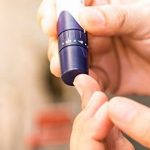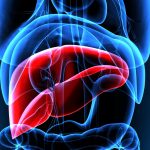
Middle-aged Americans are lonelier than ever, with new research showing they are even more isolated than some of their peers in Europe. That does not bode well for their health. “Loneliness is gaining attention globally as a public health issue because elevated loneliness increases one’s risk for depression, compromised immunity, chronic illness and [premature death],” said study author Frank Infurna, an associate professor of psychology at Arizona State University in Tempe. For the new research, Infurna’s team used representative surveys from the United States and 13 European nations to look at how loneliness has changed over time and how it differs from one country to the next. All told, the surveys included more than 53,000 people from the Silent Generation (1928-45), Baby Boomer (1946-64) and Generation X (1965-80). When they took the surveys, between 2002 and 2020, participants were between 45 and 65 years of age. “We focused on middle-aged adults because they form the backbone of society and empirical evidence demonstrates that U.S. midlife health is lagging other industrialized nations,” Infurna noted in an American Psychological Association news release. “Middle-aged adults carry much of society’s load by constituting most of the workforce, while simultaneously supporting the needs of younger and older generations in the family.” Still, middle-aged Americans reported higher levels of loneliness than many folks in Europe. And the younger folks were lonelier… read on > read on >

















